Presented in 2019 at the Geneva Motor Show, still in the form of a prototype, the Aston Martin Valhalla was finally revealed in its final production specification.
It is the first plug-in hybrid of the Gaydon brand and the first model to be presented under the umbrella of Tobias Moers, the new CEO of the British brand. But Valhalla is much more than that…
With the “aim” aimed at the Ferrari SF90 Stradale, the Valhalla — the name given to the warrior's paradise in ancient Norse mythology — begins a “new definition” of the British brand and is the protagonist of Aston Martin's Project Horizon strategy, which includes “more than 10 cars” new by the end of 2023, the introduction of several electrified versions and the launch of a 100% electric sports car.
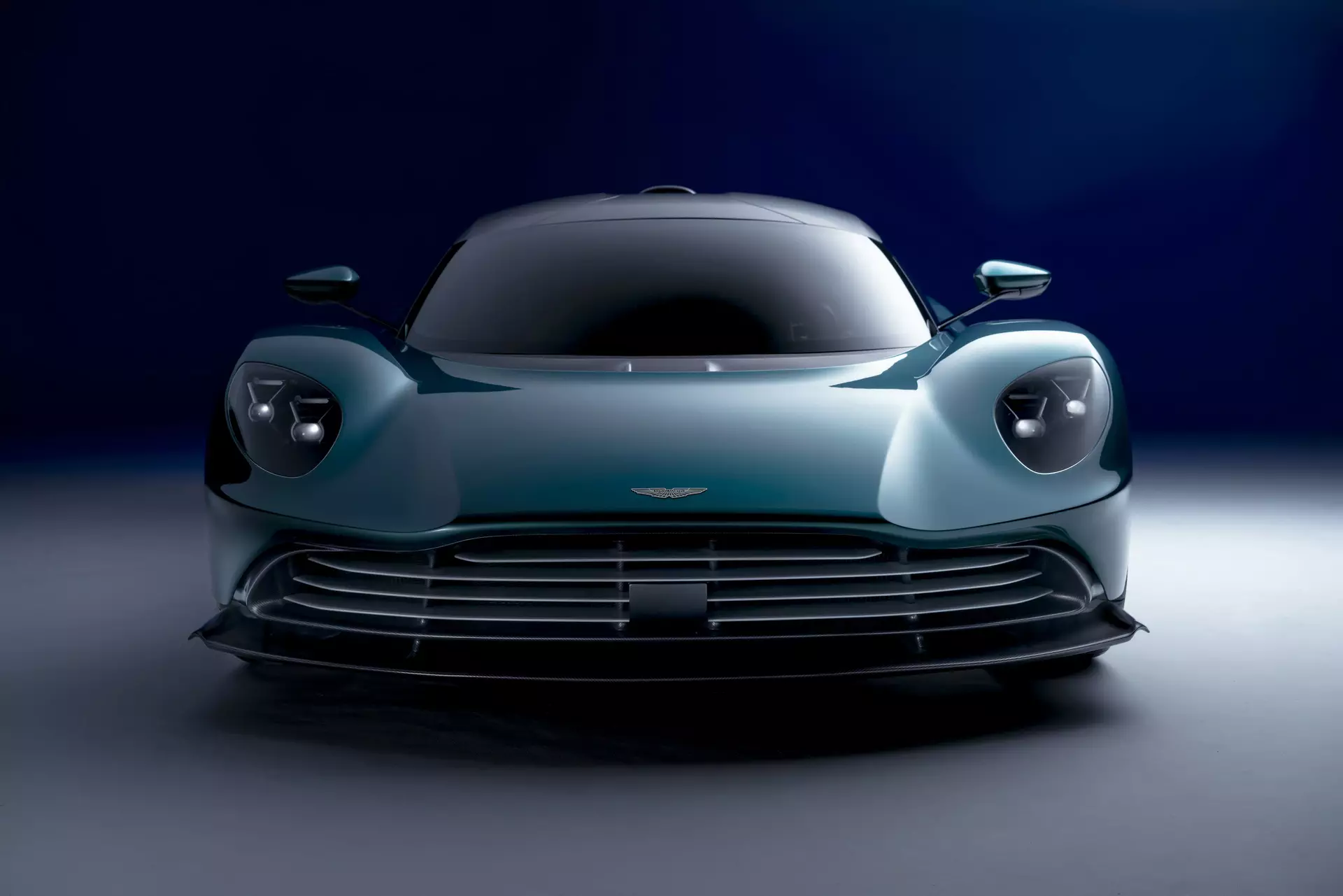
Much influenced by the newly created Aston Martin Formula 1 team, headquartered in Silverstone, UK, Valhalla evolved from the RB-003 prototype that we got to know in Geneva, although it has many new features, with great emphasis on the engine.
Initially, Valhalla was tasked with being the first Aston Martin model to use the brand's new 3.0-litre V6 hybrid engine, the TM01, the first to be fully developed by Aston Martin since 1968.
However, Aston Martin chose to go in a different direction, and abandoned the development of the V6, with Tobias Moers justifying the decision with the fact that this engine is not compatible with the future Euro 7 emission standard, which would force a “huge investment” for being.
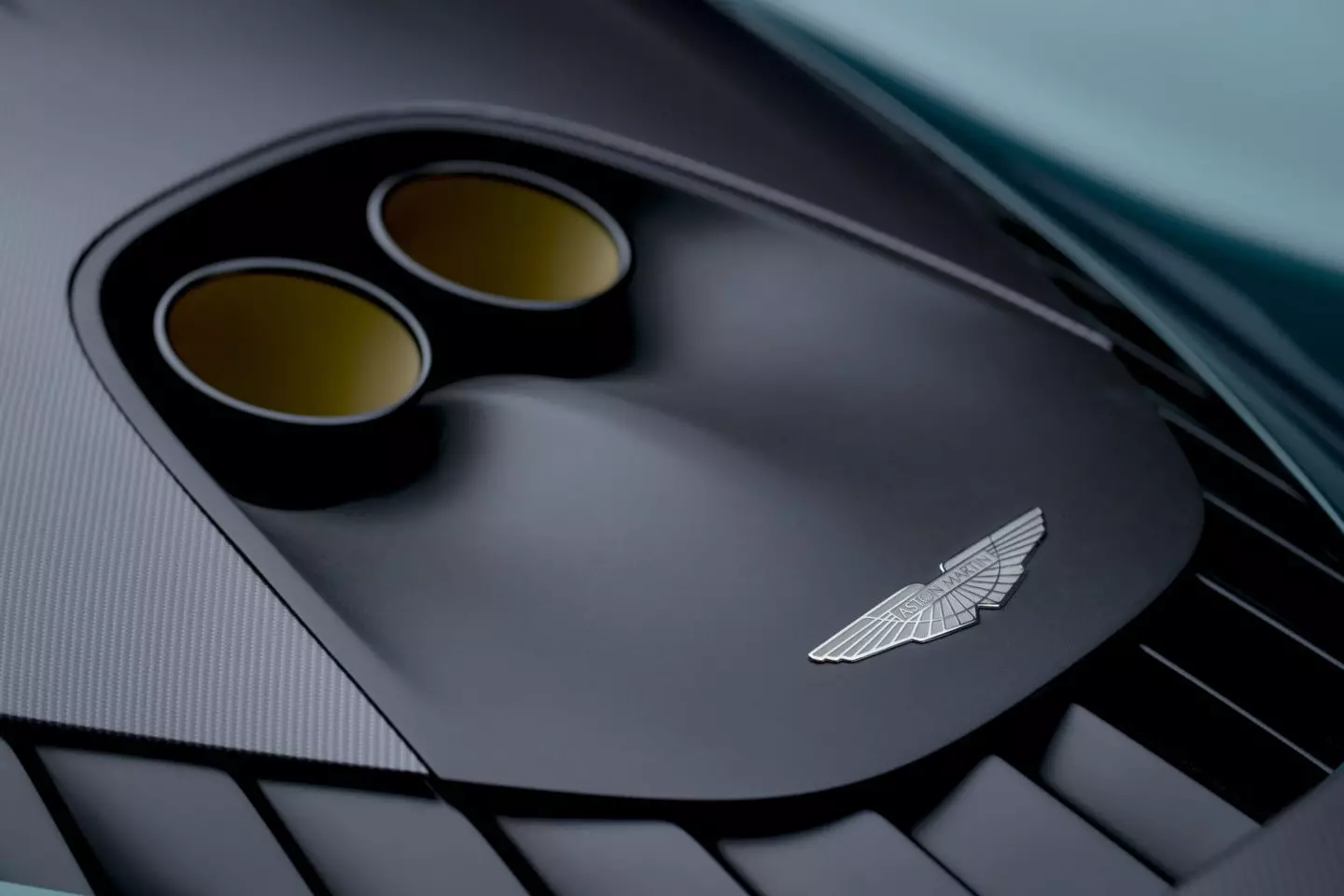
Hybrid system with AMG “heart”
For all this, and knowing about the close relationship between Tobias Moers and Mercedes-AMG — after all, he was the “boss” of the “house” of Affalterbach between 2013 and 2020 — Aston Martin decided to give this Valhalla a V8 of AMG origin , more specifically our “old” 4.0 liter twin-turbo V8, which here produces 750 hp at 7200 rpm.
This is the same block that we find, for example, in the Mercedes-AMG GT Black Series, but here it appears associated with two electric motors (one per axle), which add 150 kW (204 hp) to the set, which announces a total combined power of 950 hp and 1000 Nm of maximum torque.
Thanks to these numbers, which are managed by an eight-speed dual-clutch automatic transmission, Valhalla is capable of accelerating from 0 to 100 km/h in 2.5s and reaches a top speed of 330 km/h.

Remember the Nürburgring in sight?
These are impressive numbers and allow Aston Martin to claim a time of approximately six and a half minutes at the mythical Nürburgring, which if confirmed will make this “super-hybrid” the fastest production car ever on The Ring.
As with the Ferrari SF90 Stradale, Valhalla uses only the electric motor mounted on the front axle to travel in 100% electric mode, something this hybrid can only do for approximately 15 km and up to 130 km/h of maximum speed.
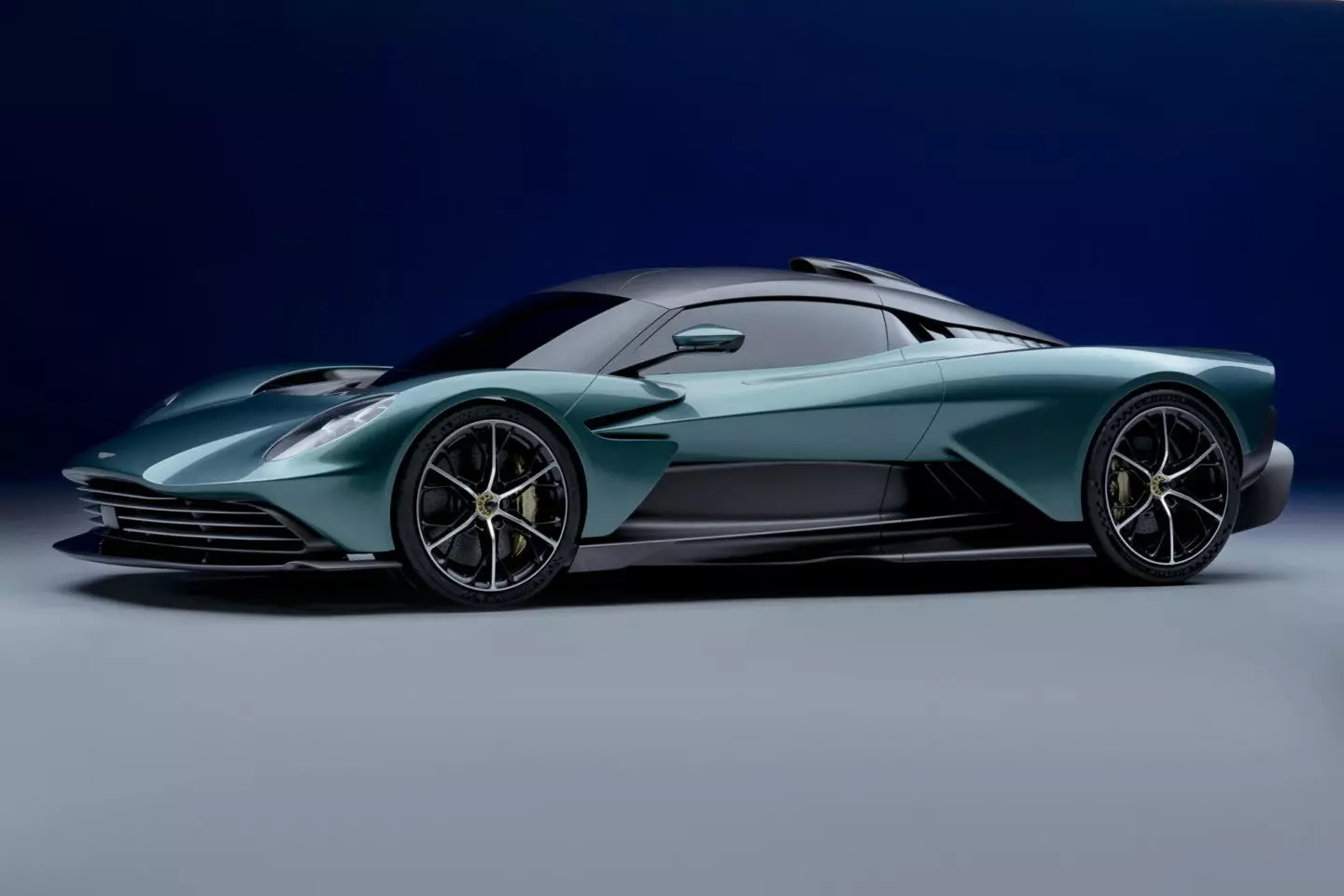
However, in so-called “normal” usage situations, the “electric power” is divided between both axes. Reversing is also always carried out in electric mode, which makes it possible to dispense with a “conventional” reverse gear and thus save some weight. We had already seen this solution in the SF90 Stradale and McLaren Artura.
And speaking of weight, it's important to say that this Aston Martin Valhalla — which has a limited-slip differential with electronic control on the rear axle — has a weight (in running order and with driver) of around 1650 kg (the aim of the mark is to achieve a dry weight of 1550 kg, 20 kg less than the SF90 Stradale).
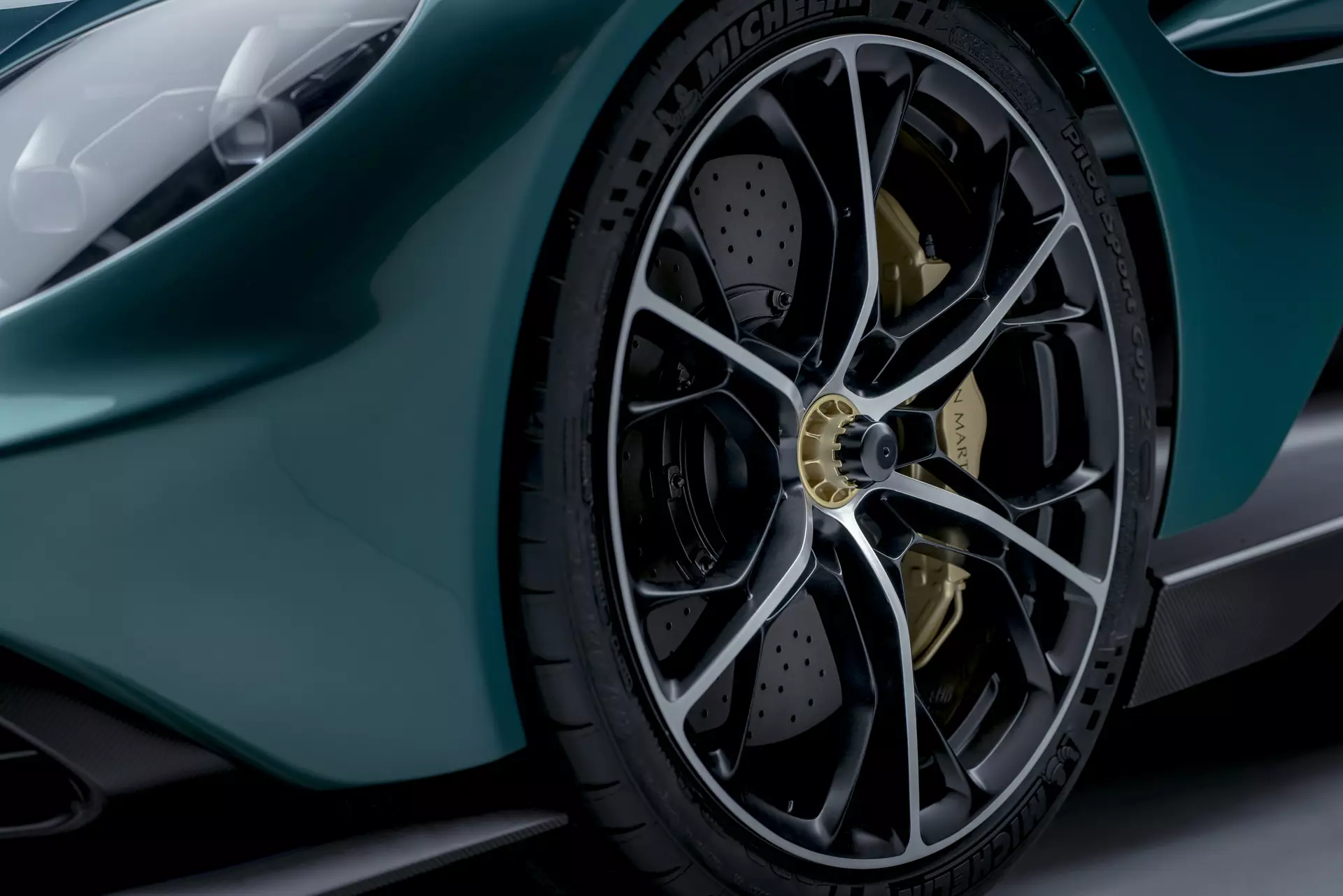
As far as the design is concerned, this Valhalla presents a much more “stylized” image compared to the RB-003 that we saw at the 2019 Geneva Motor Show, but it maintains the similarities with the Aston Martin Valkyrie.
Aerodynamic concerns are evident throughout the body, particularly at the front, which has an active diffuser, but also in the side "channels" that help direct the airflow towards the engine and the integrated rear wing, not to mention the underbody fairing, which also has a strong aerodynamic impact.
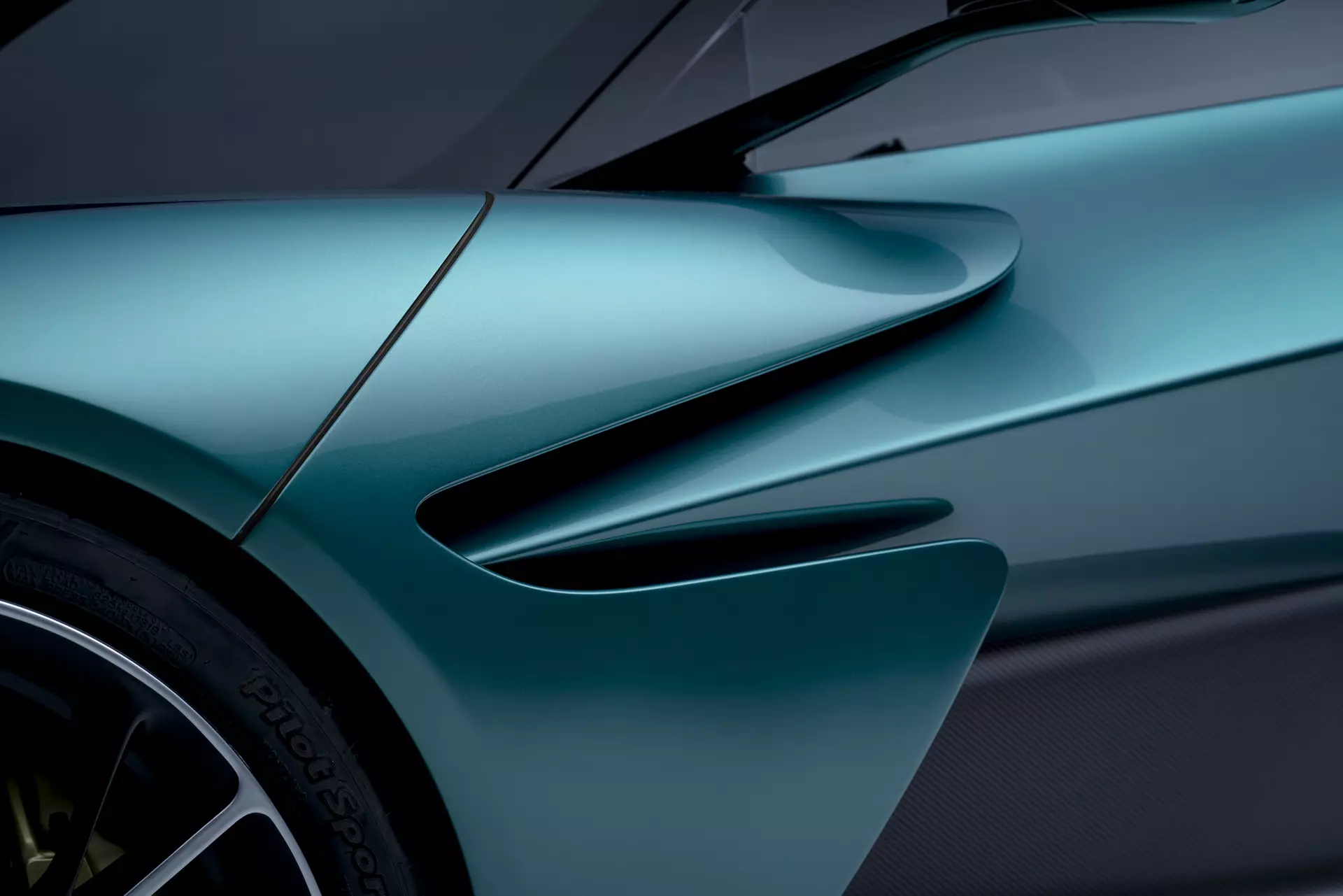
All in all, and at a speed of 240 km/h, the Aston Martin Valhalla is capable of generating up to 600 kg of downforce. And all without resorting to aerodynamic elements as dramatic as we find in the Valkyrie, for example.
As for the cabin, Aston Martin has yet to show any image of the production specification, but has revealed that Valhalla will offer “a cockpit with simple, clear and driver-focused ergonomics”.
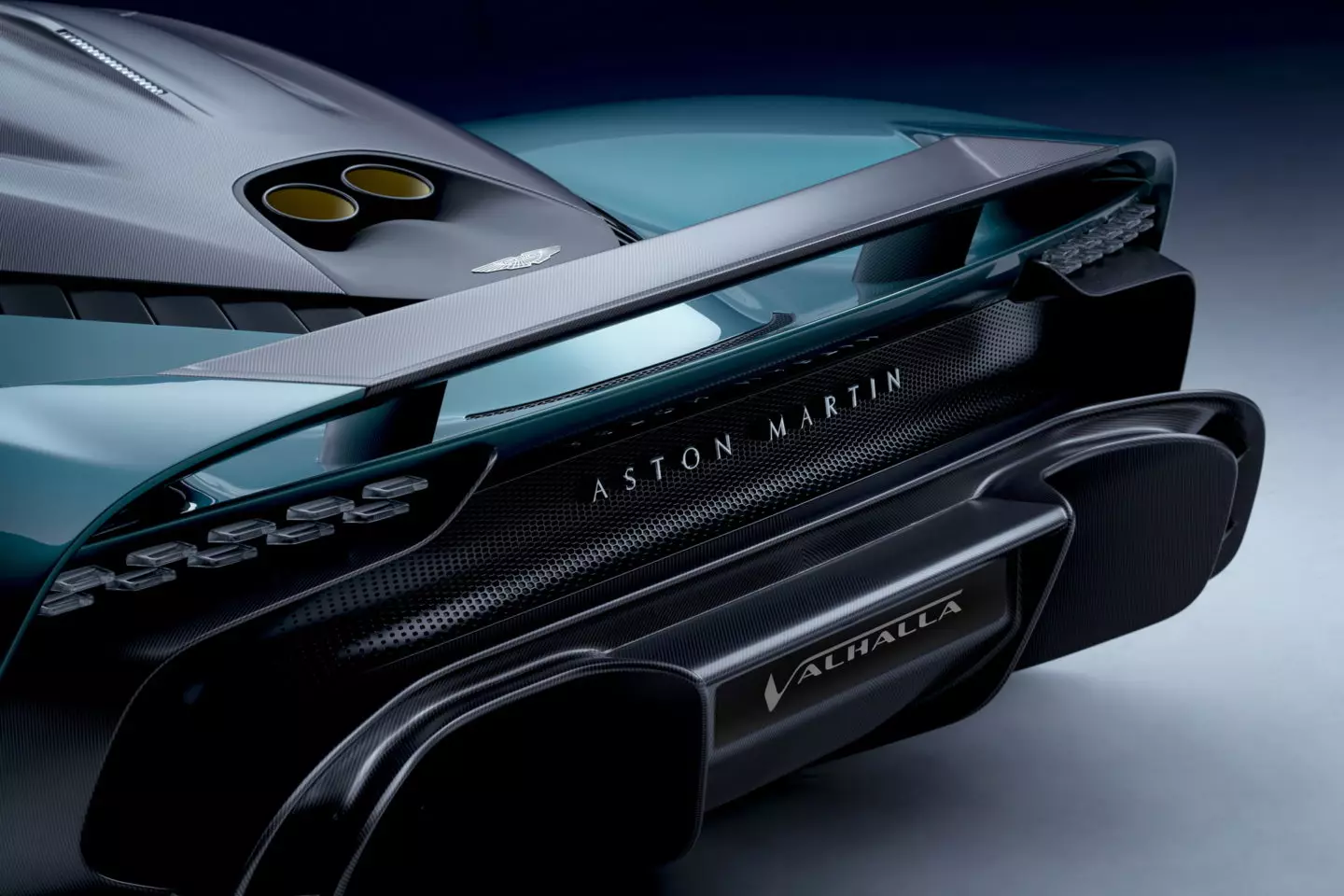
When arrives?
Now comes the dynamic Valhalla set-up, which will feature feedback from two Aston Martin Cognizant Formula One Team drivers: Sebastian Vettel and Lance Stroll. As for the launch on the market, it will only happen in the second half of 2023.
Aston Martin did not reveal the final price of this “super-hybrid”, but in statements to British Autocar, Tobias Moers said: “We believe that there is a sweet spot in the market for a car between 700,000 and 820,000 euros. With that price, we believe we can make around 1000 cars in two years.”
